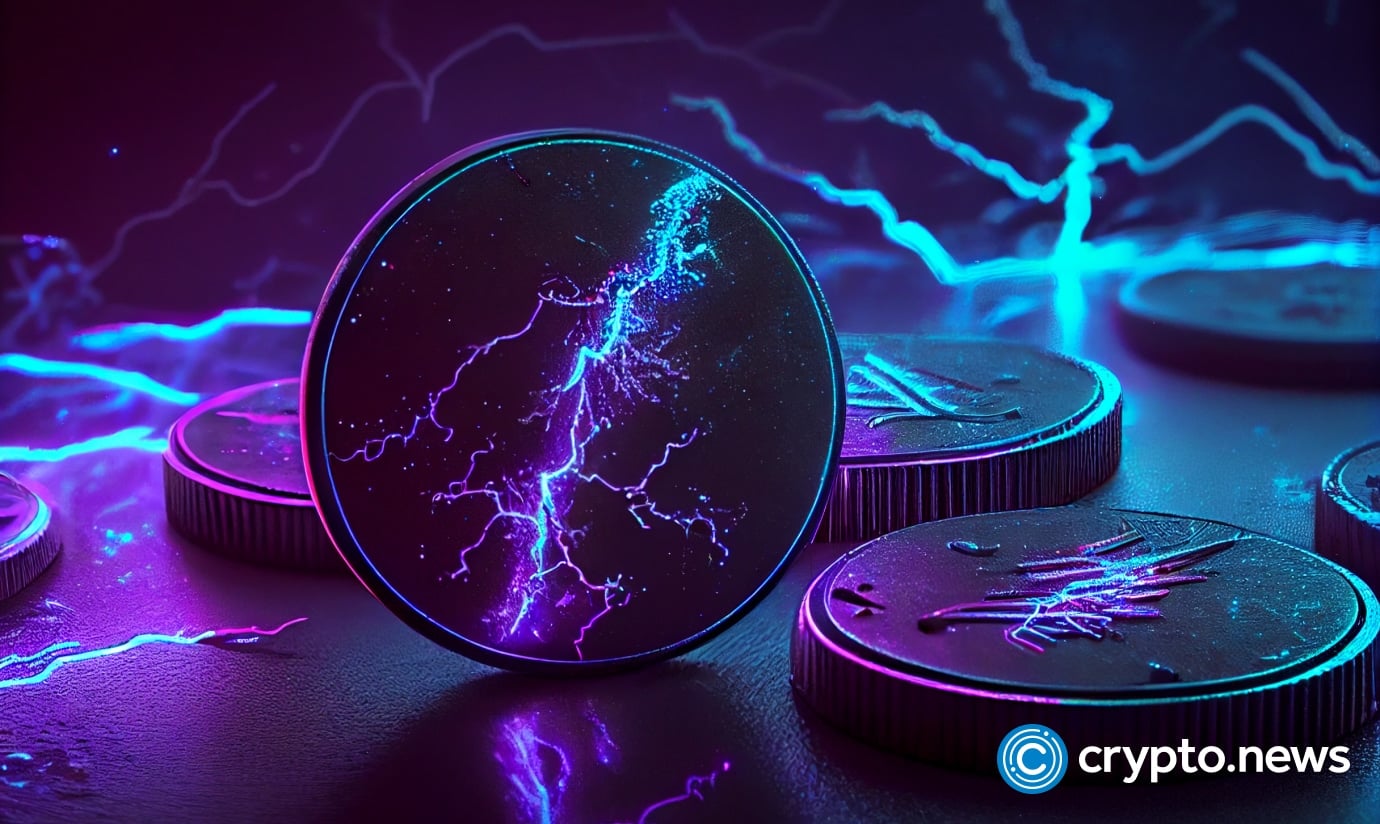Faraday Future Shifts Focus to Crypto and AI Amid Declining Car Sales

Facing challenges in its EV sector, cash-strapped Faraday Future is shifting its focus toward cryptocurrency and AI.
Summary
- Faraday Future is transitioning to cryptocurrency and embodied AI
- The company aims to leverage its crypto treasury to attract investment and raise funds for operations
- To date, Faraday Future has manufactured only 16 units of its FF 91 model
The beleaguered electric vehicle startup Faraday Future is shifting its strategy towards cryptocurrency and artificial intelligence. On Sunday, August 17, the company announced a new treasury product alongside its renewed emphasis on embodied AI.
Faraday Future is unveiling the C10 Treasury product, which consists of a diversified portfolio of the top 10 cryptocurrencies (excluding stablecoins). The fund plans to allocate 80% of its assets according to the index while actively managing the remaining 20% for enhanced returns.
The target for initial crypto asset investments is set between $500 million and $1 billion, starting with a purchase of $30 million. Additionally, the firm anticipates generating 3% to 5% in staking yields, which will be utilized for stock buybacks and further innovations in its primary business.
Challenges Faced by Faraday Future
Faraday Future aims to harness the potential of crypto and AI to rejuvenate interest in its operations. The company’s strategy is to integrate the fast-paced world of cryptocurrency with the long-term vision of embodied AI for electric vehicles.
“The next decade could usher in a significantly prolonged bull market for cryptocurrency,” remarked Ian Calderon, FF Co-Creation Officer. “FF is establishing a dual-engine circular growth model that merges the long-term, high-value EAI EV ecosystem with the rapid, high-velocity Crypto ecosystem. These two mechanisms will mutually enhance each other, reshaping the future of mobility and financial innovation.”
Once seen as a potential rival to Tesla, Faraday Future is grappling with numerous hurdles. By January 2025, the firm had only delivered 16 units of its flagship FF 91 vehicle, most of which were allocated to employees and early supporters.

